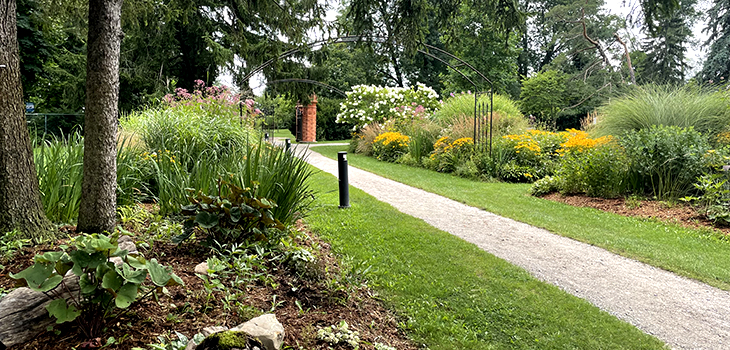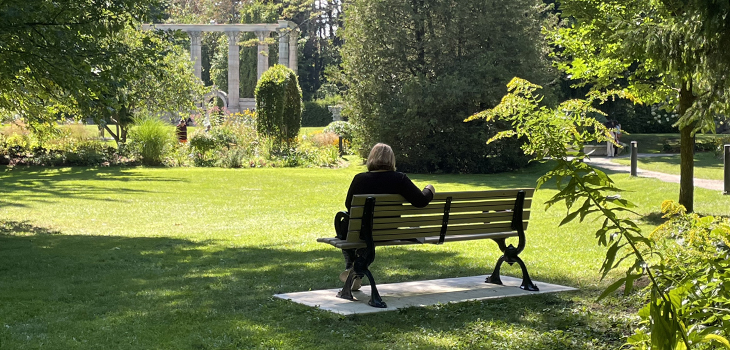Can Visualisation Save the World?
Lessons for Landscape Architects
from Visualizing Local Climate Change
Stephen R. J. SHEPPARD, Alison SHAW, David FLANDERS and Sarah BURCH
This paper addresses the potential role of visualisation tools in rapidly increasing peoples’ awareness of climate change and possibly affecting behaviour and policy.

~~~~~~~~~~
Can we help to save the world by applying landscape visualisations to the urgent issues of changing policy and behaviour, in order to motivate action on stabilizing climate change and adapting to its inevitable impacts? Landscape visualisation exhibits several characteristics which could be powerful in bringing consequences of climate change home to people. Landscape visualisation attempts to represent actual places and on-the-ground conditions in three-dimensional (3D) perspective views with varying degrees of realism.
~~~~~~~~~~
It therefore seems possible that landscape visualisations, if applied to what is arguably the single greatest environmental issue of all (climate change), may be able to influence attitudes and behaviour, or help trigger policy change, by “making climate change personal” in people’s back yards. Success would appear to require: 1. Disclosure: a window into the future which is personally meaningful and tangible, making the global both local and personal, putting scientific information into understandable forms and contexts, and showing possible negative and positive outcomes; 2. Drama: a vivid and compelling presentation with emotional content, landscape realism, and intensity of engagement in the display media; and 3.Defensibility: a systematic and credible process that enables transparency and trust in the presenters and underlying information.
~~~~~~~~~~
Assuming that visualisation could motivate action on climate change, is it right to change people’s minds and behaviour with visualisations?
~~~~~~~~~~
There is an alarming gap between awareness and action on sustainability and climate change. All communities face an urgent need to choose between possible climate change strategies with far-reaching consequences, while keeping their public involved and supportive. We have shown that landscape architects have powerful visual tools capable of changing people’s perceptions and perhaps motivating action at various levels. We can dramatically bring the impacts of climate change home to people by ‘making climate change personal’ through realistic views of their familiar landscape under future scenarios.

The research described above has shown that these novel techniques do raise awareness of local climate change consequences, make the issue of climate change more real and urgent
to community members, and better inform community dialogue and decision-making, by articulating methods, benefits, and impacts of mitigation and adaptation over time.

Leave a Reply